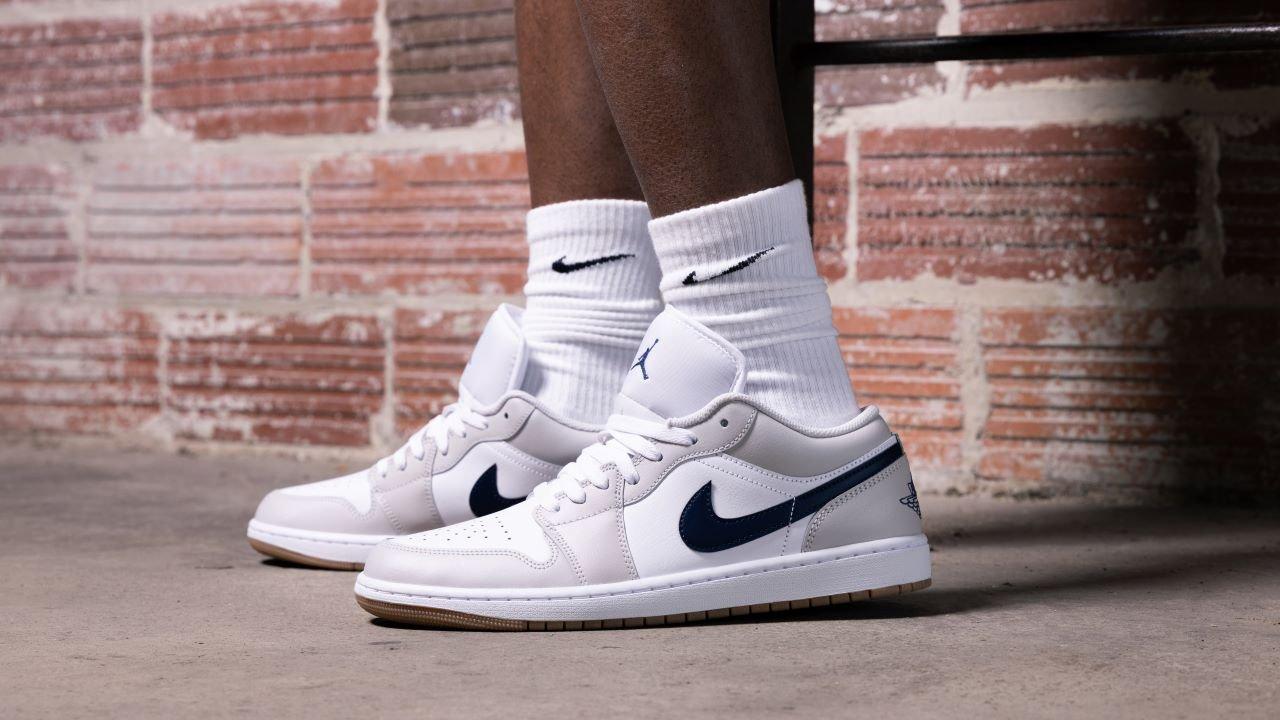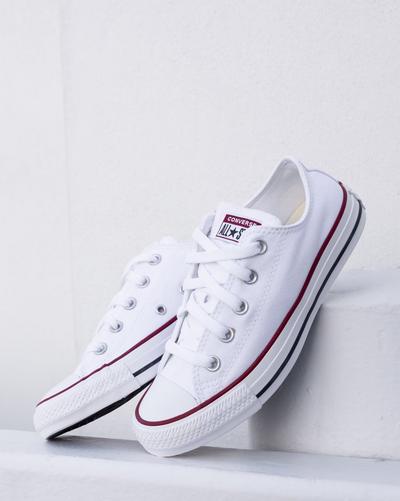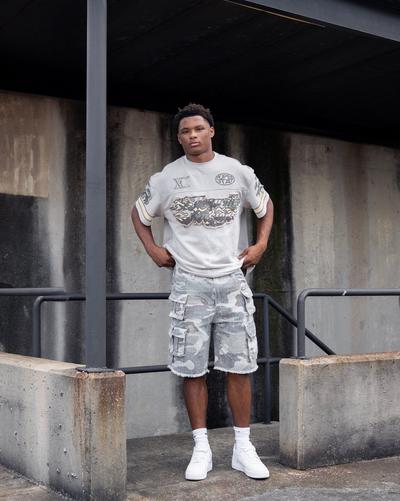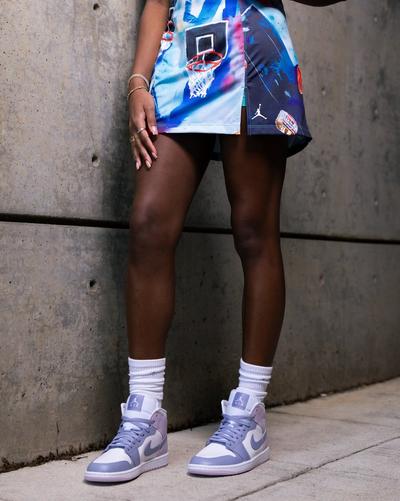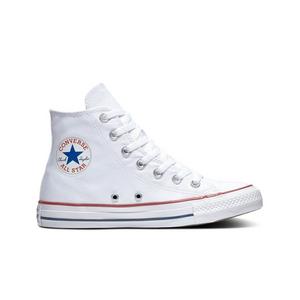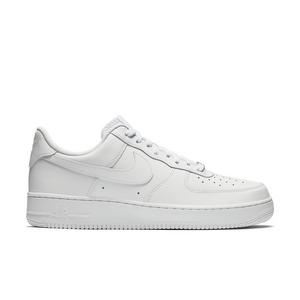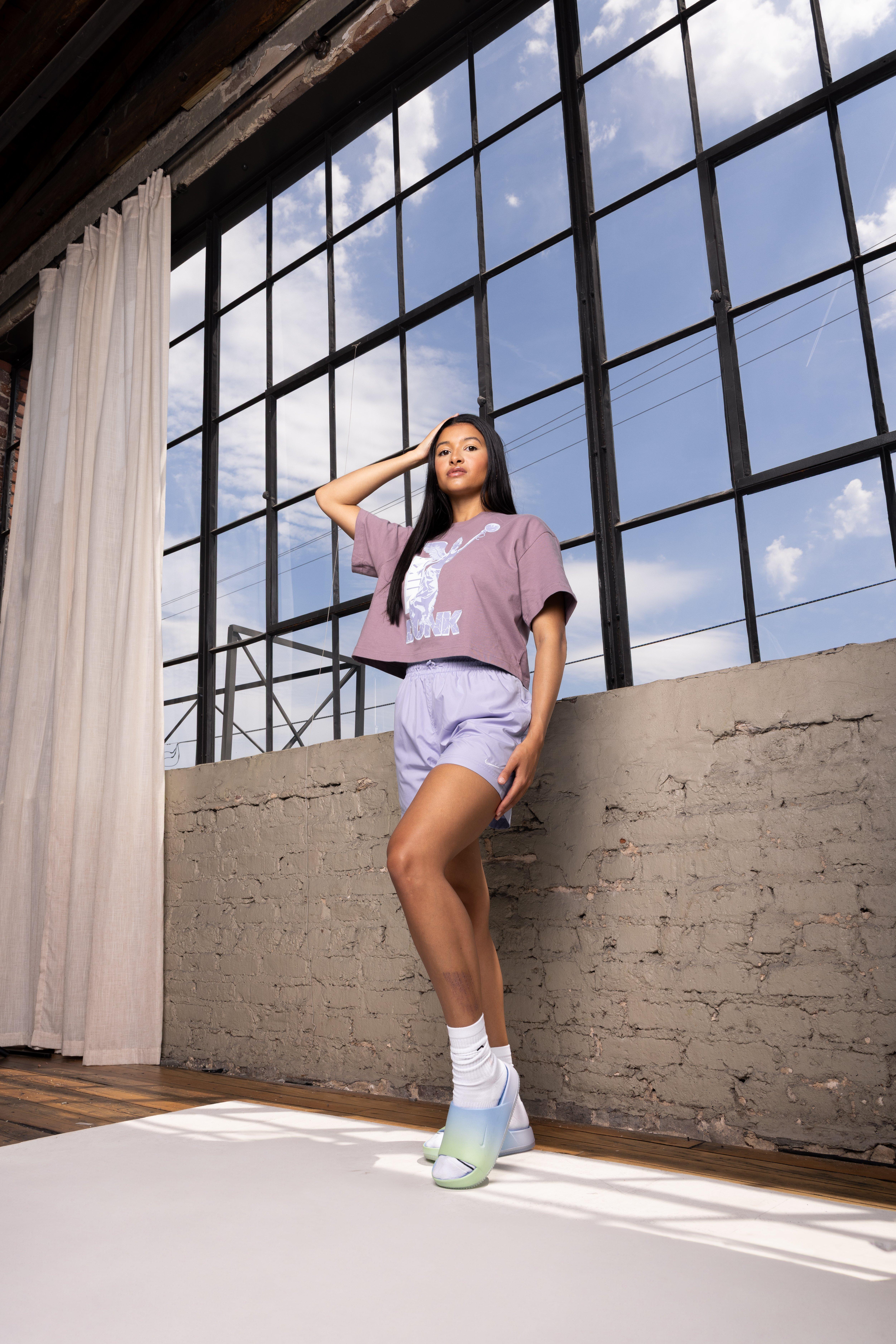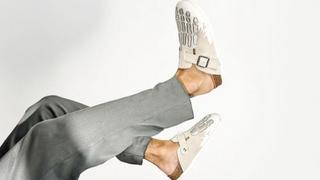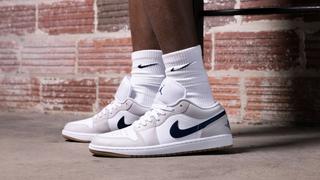The mid-to-low revolution transformed sneaker culture. Chuck Taylors, Cortez and Air Force 1s became looks, not just shoes. People started wearing them with jeans, dresses and business casual outfits.
This crossover appeal opened doors for sneakers for women who wanted athletic performance with everyday style. But the shift from court to closet created something deeper than just fashion trends. It forged emotional connections that still drive sneaker culture today.
People remember their first pair of Jordans or the Converse they wore in high school. Subcultures adopted specific styles as their uniforms. Hip-hop embraced fresh kicks as status symbols.
This shift created what we now call streetwear. Sneakers became the foundation of entire outfits, driving fashion trends that influence everything from runway shows to everyday style choices.
